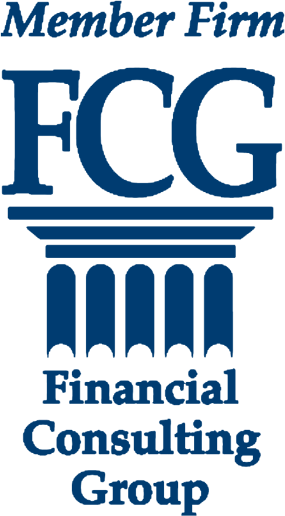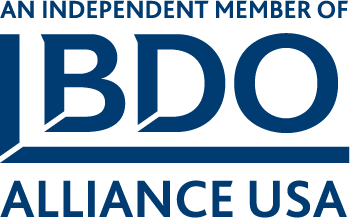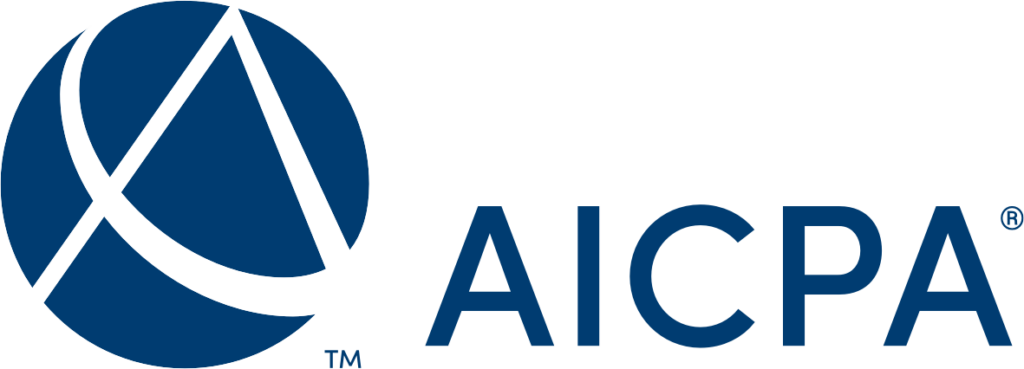In this week’s Tax Tips, Tax Team Member Aarika Williams and Tax Principal Kevin Hickman answer the question, “What is the significance of a Schedule K-1?” Click here to watch the video.
What’s the significance of a Schedule K-1?
If you are invested in a partnership or S corporation or a beneficiary of a trust, you should receive a Schedule K-1 that will need to be reported on your individual income tax return.
Schedules K-1 are the reporting forms that provide you with information related to the activity in these types of entities. S Corporation returns are due March 15 and partnerships and trusts are due on April 18.
These schedules show the activity divided into different categories for tax reporting. These can include interest income, dividend income, capital gains as well as rental income or losses and the results of the business activity.
The nature of the reporting results is the same on your return as inside the individual entities. For example, if dividends are reported on the K-1, then they will be reported as dividends on your personal return.
Since the due date on K-1s can be close to the due date of your individual return, they may be received right at the time that your personal return is due. We normally recommend to customers that they go ahead and provide us with the information needed to prepare their returns and then we can add the late-received K-1s to wrap up the filing. If K-1s are received after the April 18 due date, there may be the necessity to file an extension to insure that you have reported all of your income for the year.






